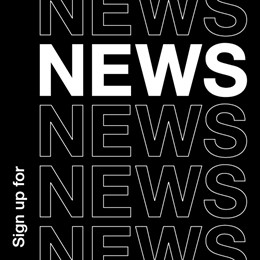Monotype: Brands can engage younger audiences with typography

The global typography company’s latest report reveals fonts are signals of tone, personality and trust for gen Z and millennials.
Monotype’s latest report, ‘Fonts, Feels, & Reels: Generational Attitudes to Type,’ was conducted with 12,000 social media users across Brazil, France, Germany, Spain, the UK and the US. It aimed to reflect the perspectives of four generations (baby boomers, gen X, millennials and gen Z) and explore how people of different ages and regions express themselves through typography – particularly online.
While 69% of all respondents said font choice is important for creating posts on social media, gen Z (87%) and millennials (86%) were more likely to say it boosts engagement (compared to just 63% of boomers).
Another large disparity between the generations was observed when they were asked whether they were satisfied with the limited fonts available on their favourite social media apps. Not only did over half of the two younger generations report dissatisfaction, but 76% of gen Z and 69% of millennials reported they use external design tools as a result. Meanwhile, under half of gen X and just 30% of boomers said they were unsatisfied.
The report also showed that – depending on the generation – a social media post’s font choice can leave a profound impression on the viewer. A substantial 70% of gen Z believed it could leave a positive or negative feeling, whereas just 37% of boomers agreed.
Tom Foley, executive creative type director at Monotype, says, “Typography, as the most visible and ubiquitous design system, sits at the heart of cultural shifts. On social media and across digital spaces, type is no longer just design. It has become part of our digital voice – delivering powerful signals and statements that audiences, especially digital natives, read instantly. Our findings confirm a generational and cultural reality: fonts matter to everyone, but for gen Z and millennials, they are essential.”
The full report can be read here.













